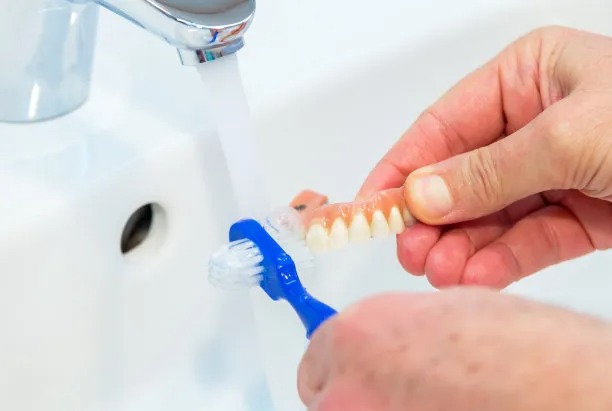The Essential Guide to Extracting a Tooth Safely and Effectively at Home
Summary: Extracting a tooth at home can be daunting, but with the right guidance, it can be done safely and effectively. This article outlines the essential steps to follow for a successful extraction, discussing preparation, tools necessary for the procedure, techniques for extraction, and aftercare tips to ensure a smooth recovery. Emphasizing safety and hygiene, it aims to empower readers with the knowledge needed to handle tooth extraction with confidence. However, it is crucial to consult a dental professional for any doubts or complications arising before attempting an extraction. Let’s dive into each aspect of the process in detail.
1. Preparation Before Tooth Extraction

Before embarking on the journey of tooth extraction at home, thorough preparation is essential. First, you should understand the specific tooth that requires extraction. Knowing if it’s a milk tooth, a wisdom tooth, or another adult tooth can impact the approach you take. Its also important to assess whether the tooth can be safely extracted without complications.
Next, gather the necessary supplies that you will need for a safe extraction. A clean pair of gloves, gauze, a good set of dental tweezers, and a local anesthetic, if needed, should be included. Having a clean workspace is critical to minimize the risk of infection.
Lastly, mentally prepare yourself for the process. Understand that tooth extraction can come with discomfort or pain, and being mentally ready can help you stay calm. Consider having someone assist you through the process or be there for moral support if youre feeling anxious.
2. Tools Needed for Safe Extraction
Having the right tools at your disposal is paramount when extracting a tooth at home. Apart from basic supplies like gloves and gauze, dental tweezers are the most important tool. They will help grip the tooth securely to provide the necessary leverage during extraction.
Additionally, a dental mirror can be useful to get a better view of the tooth in question. This is particularly useful for those teeth that are harder to reach or see. An antiseptic mouthwash is another vital tool as it helps rinse the area and minimize the risk of infection.
Lastly, prepare a local anesthetic if necessary. There are over-the-counter options available that can numb the area temporarily, which will ease pain during the extraction process. Remember, understanding how to use these tools correctly is as important as having them.
3. Techniques for Extracting the Tooth
When you’re ready to extract the tooth, the technique you use can greatly influence the outcome. The first step is to apply antiseptic and ensure the area is as clean as possible. Once you’re comfortable, use the dental tweezers to grip the tooth firmly.
With a steady hand, gently rock the tooth back and forth to loosen it. Avoid pulling or yanking on the tooth forcefully; instead, aim for a slow and deliberate motion, applying gentle pressure. This technique reduces the chances of breaking the tooth or causing unnecessary pain.
If the tooth does not come out easily, do not force it. Instead, assess the situation and consider whether it might be better to seek professional help. After the extraction is complete, ensure the area is clean and observe any bleeding by placing gauze over the extraction site.
4. Aftercare for Tooth Extraction
Post-extraction care is crucial for a smooth recovery. After the extraction, bite down gently on a piece of gauze for about 30-45 minutes to allow the blood to clot and control bleeding. Change the gauze regularly if it becomes soaked.
Recognizing any signs of complications is also important. If you experience severe pain, persistent bleeding, or signs of infection (such as swelling and fever), do not hesitate to contact a dentist.
To aid recovery, avoid consuming hard foods and sticky candies for a few days. Stick to a soft diet, including items like yogurt, mashed potatoes, and smoothies. Staying hydrated is equally essential, but avoid using straws, as the suction can dislodge the clot and prolong healing.
Summary:
In conclusion, safely and effectively extracting a tooth at home requires proper preparation, the right tools, effective techniques, and diligent aftercare. Empowering oneself with knowledge is needed, yet it’s vital to remember that not all extractions can or should be performed at home without professional guidance. If complications arise, always consult your dentist.
This article is compiled by Vickong Dental and the content is for reference only.


